
Filter News
Area of Research
News Type
News Topics
- (-) Advanced Reactors (12)
- (-) Biomedical (42)
- (-) Cybersecurity (14)
- (-) Physics (34)
- 3-D Printing/Advanced Manufacturing (56)
- Artificial Intelligence (77)
- Big Data (45)
- Bioenergy (68)
- Biology (80)
- Biotechnology (25)
- Buildings (30)
- Chemical Sciences (35)
- Clean Water (16)
- Composites (11)
- Computer Science (111)
- Coronavirus (19)
- Critical Materials (5)
- Education (2)
- Emergency (3)
- Energy Storage (32)
- Environment (116)
- Exascale Computing (51)
- Fossil Energy (6)
- Frontier (44)
- Fusion (38)
- Grid (32)
- High-Performance Computing (81)
- Hydropower (6)
- Isotopes (33)
- ITER (4)
- Machine Learning (37)
- Materials (51)
- Materials Science (55)
- Mathematics (8)
- Mercury (7)
- Microelectronics (3)
- Microscopy (23)
- Molten Salt (2)
- Nanotechnology (17)
- National Security (60)
- Neutron Science (82)
- Nuclear Energy (66)
- Partnerships (36)
- Polymers (9)
- Quantum Computing (35)
- Quantum Science (48)
- Security (16)
- Simulation (42)
- Software (1)
- Space Exploration (13)
- Statistics (2)
- Summit (40)
- Transportation (30)
Media Contacts
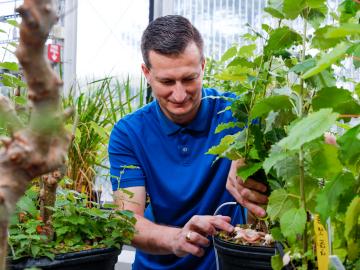
Jesse Labbé aims to leverage biology, computation and engineering to address societal challenges related to energy, national security and health, while enhancing U.S. competitiveness. Labbé emphasizes the importance of translating groundbreaking research into practical applications that have real-world impact.
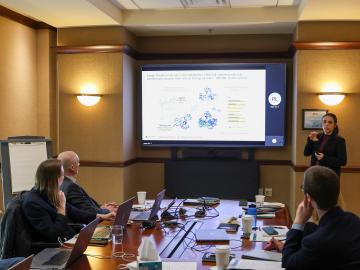
Scientists at the Department of Energy’s Oak Ridge National Laboratory recently welcomed Vanderbilt University colleagues for a symposium on basic science research, with a focus on potential collaborations in the biomedical and biotechnology spaces.
Daniel Jacobson, distinguished research scientist in the Biosciences Division at ORNL, has been elected a Fellow of the American Institute for Medical and Biological Engineering, or AIMBE, for his achievements in computational biology.
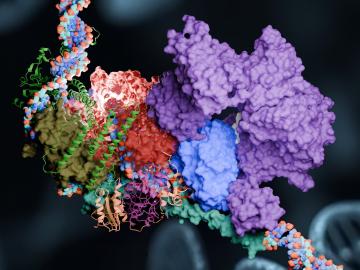
Researchers at Georgia State University used the Summit supercomputer to study an elaborate molecular pathway called nucleotide excision repair. Decoding NER’s sophisticated sequence of events and the role of PInC in the pathway could provide key insights into developing novel treatments and preventing conditions that lead to premature aging and certain types of cancer.
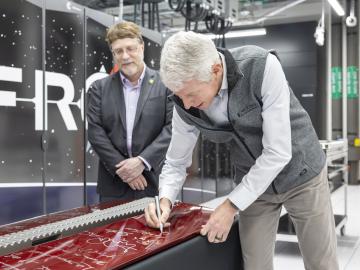
During his first visit to Oak Ridge National Laboratory, Energy Secretary Chris Wright compared the urgency of the Lab’s World War II beginnings to today’s global race to lead in artificial intelligence, calling for a “Manhattan Project 2.”
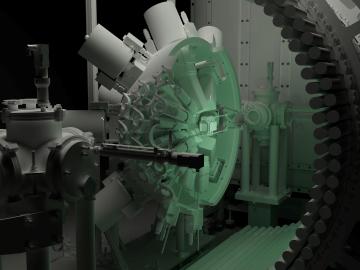
Scientists at ORNL are using advanced germanium detectors to explore fundamental questions in nuclear physics, such as the nature of neutrinos and the matter-antimatter imbalance. The ongoing LEGEND project, an international collaboration, aims to discover neutrinoless double beta decay, which could significantly advance the understanding of the universe.
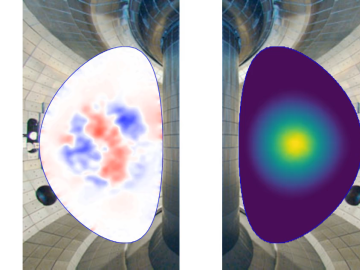
Scientists designing the world’s first controlled nuclear fusion power plant, ITER, needed to solve the problem of runaway electrons, negatively charged particles in the soup of matter in the plasma within the tokamak, the magnetic bottle intended to contain the massive energy produced. Simulations performed on Summit, the 200-petaflop supercomputer at ORNL, could offer the first step toward a solution.

National lab collaboration enables faster, safer inspection of nuclear reactor components, materials
A research partnership between two Department of Energy national laboratories has accelerated inspection of additively manufactured nuclear components, and the effort is now expanding to inspect nuclear fuels.

Scientists conducted a groundbreaking study on the genetic data of over half a million U.S. veterans, using tools from the Oak Ridge National Laboratory to analyze 2,068 traits from the Million Veteran Program.
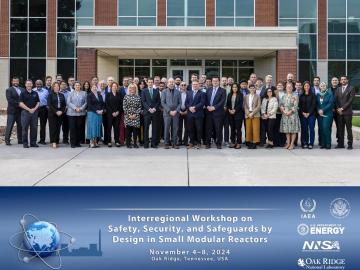
In early November, ORNL hosted the International Atomic Energy Agency (IAEA) Interregional Workshop on Safety, Security and Safeguards by Design in Small Modular Reactors, which welcomed 76 attendees representing 15 countries, three U.S. national labs, domestic and international industry partners, as well as IAEA officers.


